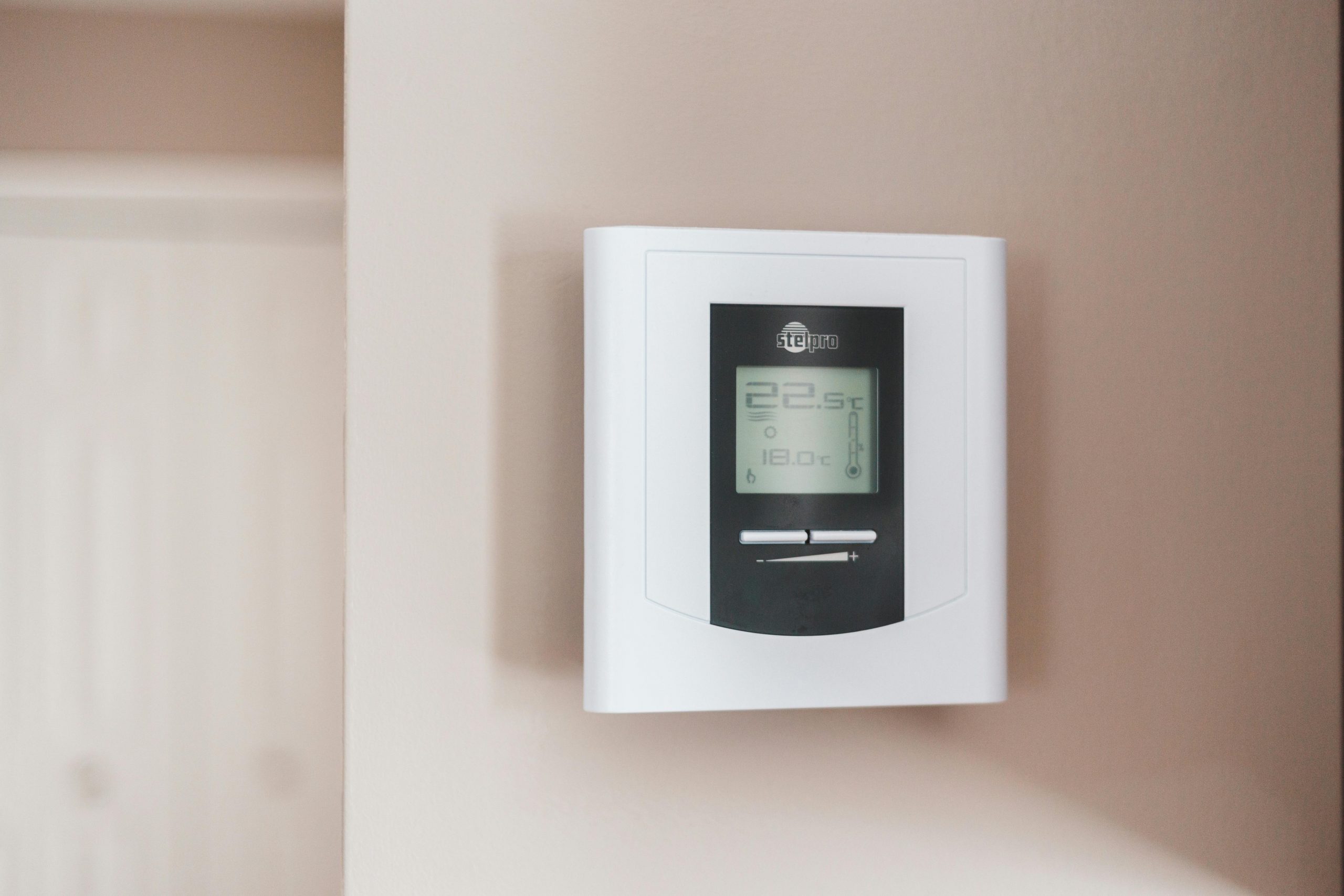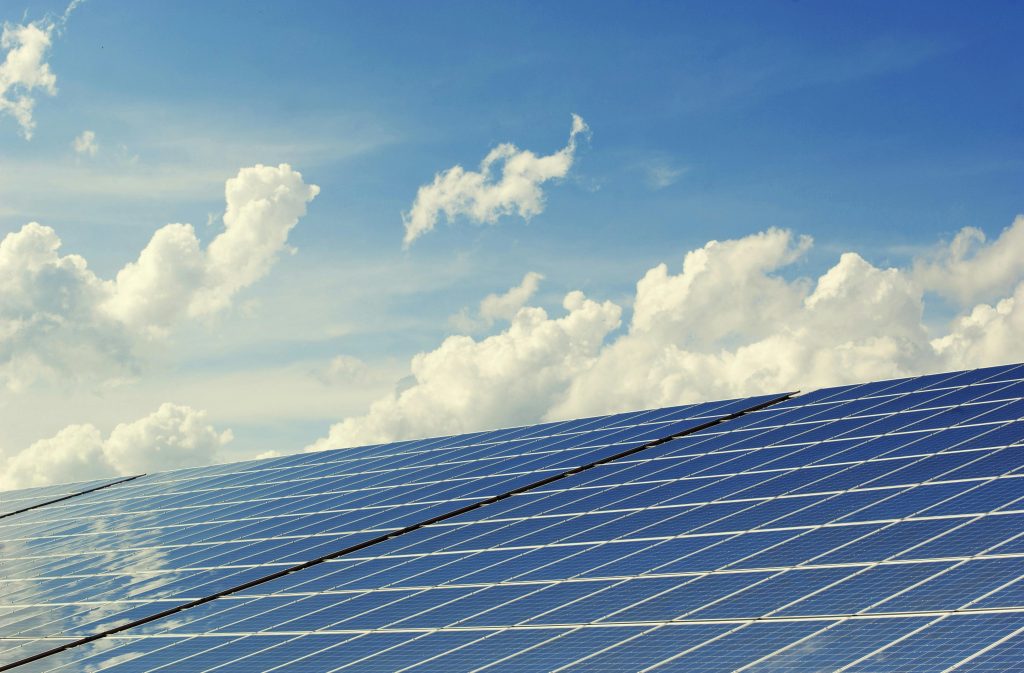- Switch to LED lighting to significantly cut energy costs and extend bulb life compared to traditional bulbs
- Unplug electronics when not in use to avoid “vampire power” consumption, which adds to electricity bills.
- Install a programmable thermostat for more efficient home heating and cooling, reducing unnecessary energy use.
- Seal air leaks around windows, doors, and outlets to improve insulation efficiency and decrease overall energy consumption.
In today’s world, it is more important than ever to focus on reducing our energy consumption in order to protect the environment and create a more sustainable future. By making small changes in our daily lives, we can all play a part in reducing our carbon footprint and making a positive impact on the planet. This blog will discuss essential tips for reducing energy consumption that are easy to implement and can make a big difference.
Upgrade to Energy-Efficient Appliances
One of the most effective ways to reduce energy consumption in your home is by upgrading to energy-efficient appliances. Appliances can account for a significant portion of your household’s energy usage. By investing in modern, energy-efficient appliances, you can significantly reduce your energy consumption and save money on your utility bills in the long run. Here are four key appliances to consider upgrading:

Furnace
If your home has an older furnace, it may be time to consider a furnace replacement. Newer furnaces have improved technology and efficiency ratings that can significantly decrease your energy usage. You can also look for Energy Star-certified furnaces, which use at least 15% less energy than standard models.
Water Heater
Water heaters are another major contributor to household energy usage. Consider upgrading to a tankless water heater, which only heats water as it is needed, rather than constantly maintaining a supply of hot water. This can result in significant energy savings over time.
Refrigerator
Older refrigerators can use up a lot of energy, especially if they are not properly maintained. Consider upgrading to a newer model with an Energy Star certification, which can save you anywhere from $30-$100 annually on your utility bills.
Washer and Dryer
Washing machines and dryers have also improved significantly in terms of energy efficiency. Look for front-loading washers and dryers, which use less water and energy compared to top-loading models. You can also opt for a gas dryer rather than electric, as they are more energy-efficient.
By upgrading your home’s appliances to more energy-efficient options, you can not only reduce your overall energy usage but also save money on your utility bills in the long run. Additionally, these newer appliances often come with extended warranties and better performance, making them a smart investment for your home. Consider researching and comparing different models to find the best options for your needs and budget.
Use LED Light Bulbs
Another simple way to reduce energy consumption is by switching to LED light bulbs throughout your home. LED bulbs use up to 80% less power than traditional bulbs and last much longer, making them a cost-effective and eco-friendly choice. By replacing all of the light bulbs in your home with LEDs, you can lower your electricity usage and decrease your carbon footprint.
Unplug Electronics When Not in Use
Some devices continue to consume power even if they are turned off or on standby. This is known as “vampire power” or standby power consumption, can account for a significant portion of your household’s energy usage. To combat this wasteful practice, make sure to unplug chargers, TVs, computers, and gaming consoles when they are not in use.

Install a Programmable Thermostat
Heating and cooling account for a large portion of a household’s energy usage, especially during extreme temperatures. By installing a programmable thermostat, you can set specific temperatures for different times of the day or week based on when you are home or away. This allows you to optimize your heating and cooling system for maximum efficiency and reduce unnecessary energy consumption.
Seal Air Leaks
One often overlooked aspect of reducing energy consumption is sealing air leaks in your home. Gaps around windows, doors, vents, and electrical outlets can allow cold air to seep in during the winter months and hot air during the summer months, forcing your heating and cooling systems to work harder than necessary. By sealing these air leaks with weatherstripping or caulking, you can improve the efficiency of your home’s insulation and reduce your overall energy usage.
Adopting these energy-saving strategies can lead to substantial benefits, both for your wallet and the environment. By making simple changes like switching to LED lighting, unplugging electronics, installing a programmable thermostat, and sealing air leaks, you can significantly reduce your household’s energy consumption.
Not only does this lower your utility bills, but it also contributes to a more sustainable future by decreasing your carbon footprint. Every small step toward energy efficiency helps in the fight against climate change, making our planet a healthier place for future generations. Taking action today ensures a brighter, greener tomorrow.

